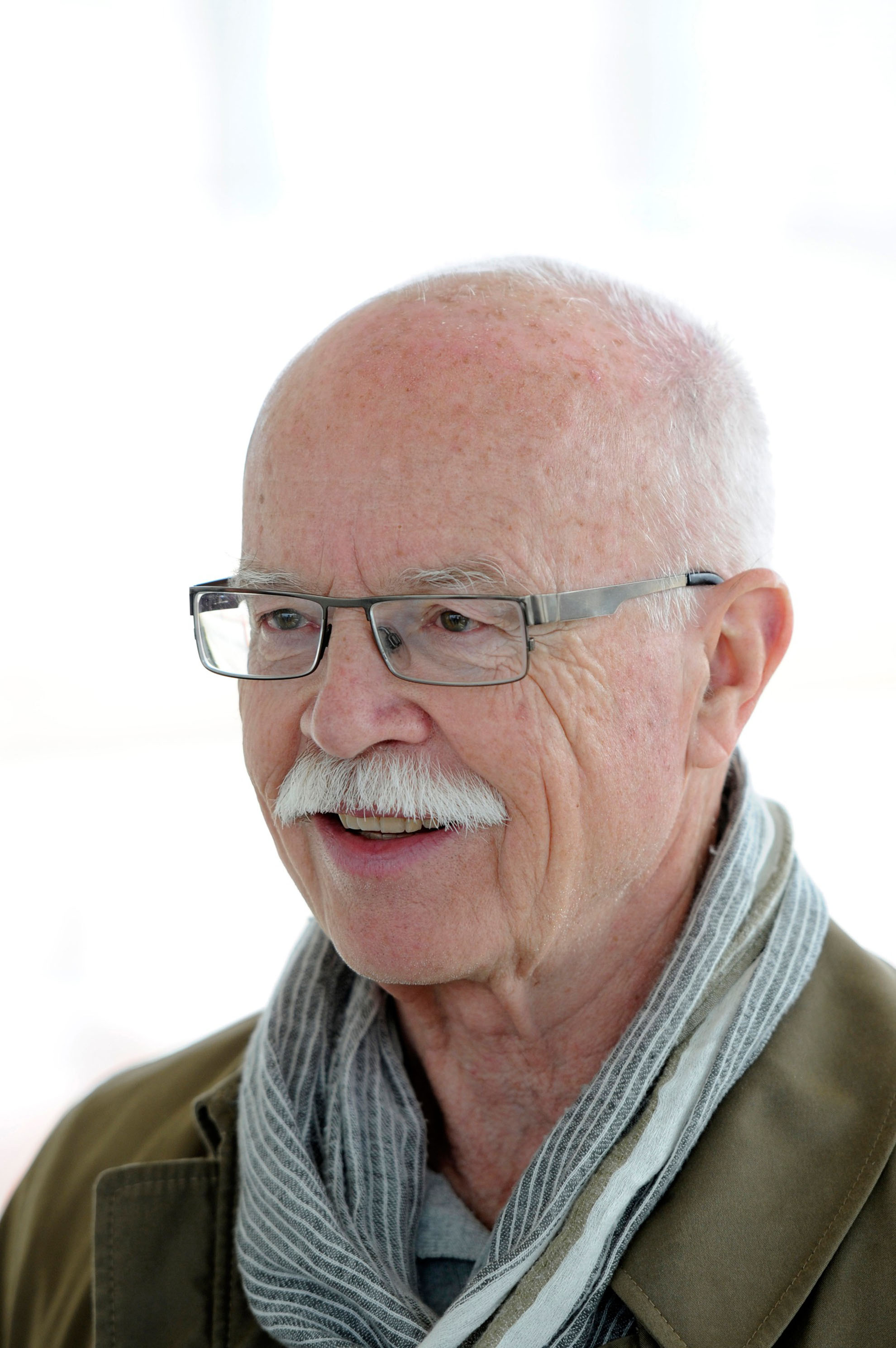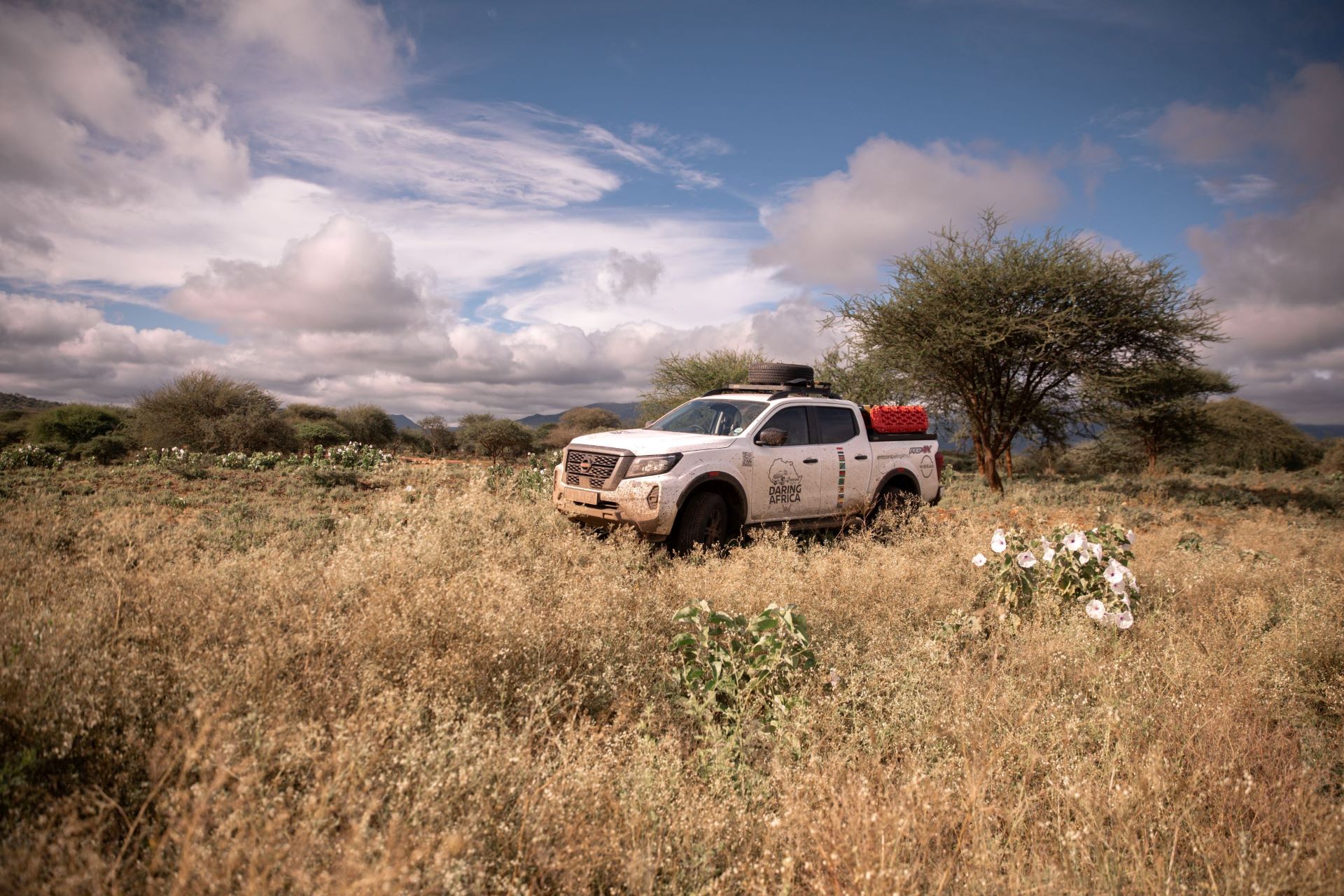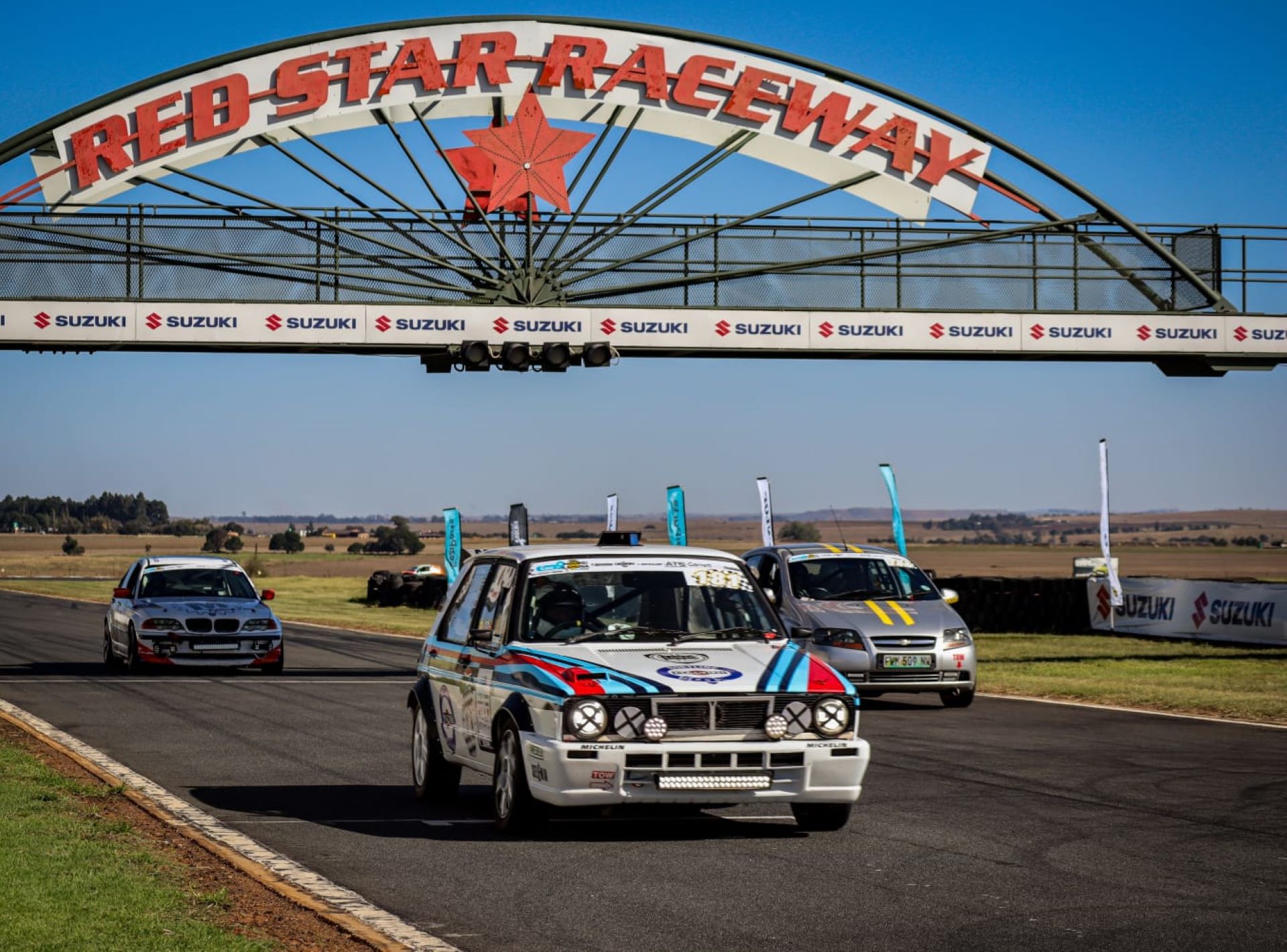Technical-physical solutions for a perfect vehicle concept: Frank Knothe – Born in Dresden on 24 February 1942

Mercedes-Benz S-Class: pioneer in vehicle safety
In his professional career as an engineer, Frank Knothe had a hand in developing numerous Mercedes-Benz passenger car model series. On 1 July 1991, he succeeded the well-known head of testing, Hans Werner (“tall Werner”), as the Head of the Complete Vehicle Testing Department. With the structural change to individual model series, he became Head of Complete Vehicle Engineering for the S-Class, the SL-Class and the SLK-Class on 1 July 1994. He fulfilled this role until he retired in 2006.
A native of Dresden, Frank Knothe studied at the Technical University in Karlsruhe and completed his studies as a graduate engineer in 1966. That same year, he began working for the then Daimler-Benz AG. His original interest lay in turbomachinery, which included compressors, turbines, and jet engines. The fact that he ended up working with cars despite this would influence his professional path up until the end of his active career.
Knothe first came into contact with direct predecessor vehicles of the S-Class in the late 1960s, during his involvement with chassis development. It was during this period that he encountered the then almost legendary passenger car chief developer Rudolf Uhlenhaut – a boss to whom Knothe attributed great talent in the evaluation of cars and whom he described as a great engineer and one who was completely unassuming in his demeanour.
Work on subsequent generations of the S-Class was always one of Frank Knothe’s key responsibilities, alongside his responsibility for other model series, such as the SL and, starting in the early 1990s, the SLK. Still today Knothe considers it an honour to have helped influence and shape many facets of the S-Class. This also includes his conviction that the S-Class has been a pace-setter and a fine example of safety, driving comfort and luxury.
Knothe is proud of the main mission entrusted to him and successfully mastered by him of having ushered in the development of a completely new S-Class with the W/V 220 model series. It was launched in 1998 and in autumn 2005 was succeeded by the next model series, the W/V 221, which Knothe was also involved with throughout all stages of its development. The conflicting goals arising from the requirements of the performance specifications were the further improvement of comfort, integrated passive and active safety, and driving dynamics by integrating new systems while at the same time reducing the weight and fuel consumption. Even today, Knothe takes great satisfaction and pleasure in the fact the he was able to successfully resolve these conflicting goals. Some 15 years earlier, the W/V 140 model series (1991 to 1998) had already set important standards in terms of comfort and safety in this market segment.
It is with satisfaction and pride that Frank Knothe looks back on his time with his only employer, always referring to “we” when speaking of his job at Mercedes-Benz.
Up until the end of his active career on 31 December 2006, he remained Head of Development for the S-Class, the SL-Class and the SLK-Class, and is still in charge of the SLR McLaren. The high points of his work with the S-Class were the W/V 221 model series presented in autumn 2005 and the CL-Coupé, model series C 216, which was unveiled in 2006. From autumn 2005 to January 2013, over 500,000 vehicles from the W/V 221 model series were sold to customers. Accordingly, Knothe still acts as a consultant for Mercedes-Benz SLS AMG tuning – a job which brings a gleam to his eye as he looks back. His enthusiasm for motoring has remained. And he still finds it fascinating to follow how, alongside the objective requirements, the subjective, emotional expectations of a Mercedes-Benz car in particular can be met with the appropriate technical and physical solutions.


